Timeline mind maps are a specialized type of mind map used to visualize events, projects, or processes along a temporal axis. They help organize information chronologically, making it easier to understand the sequence and relationships between events. This structured visualization allows users to track progress, plan future actions, and analyze historical trends. To create a timeline map that is both clear and engaging, consider the following tips:
A timeline mind map is a graphical tool used to represent events or milestones in sequential order along a timeline.
Unlike traditional mind maps that focus on hierarchical relationships, a timeline mind map emphasizes the temporal sequence of events.
It is typically used to visually display key events or progress along a timeline.

Image from:nobodyjointe
Uses of Timeline Mind Maps
1. Historical Analysis:
They help in visualizing historical events, making it easier to understand the progression of history and key turning points.
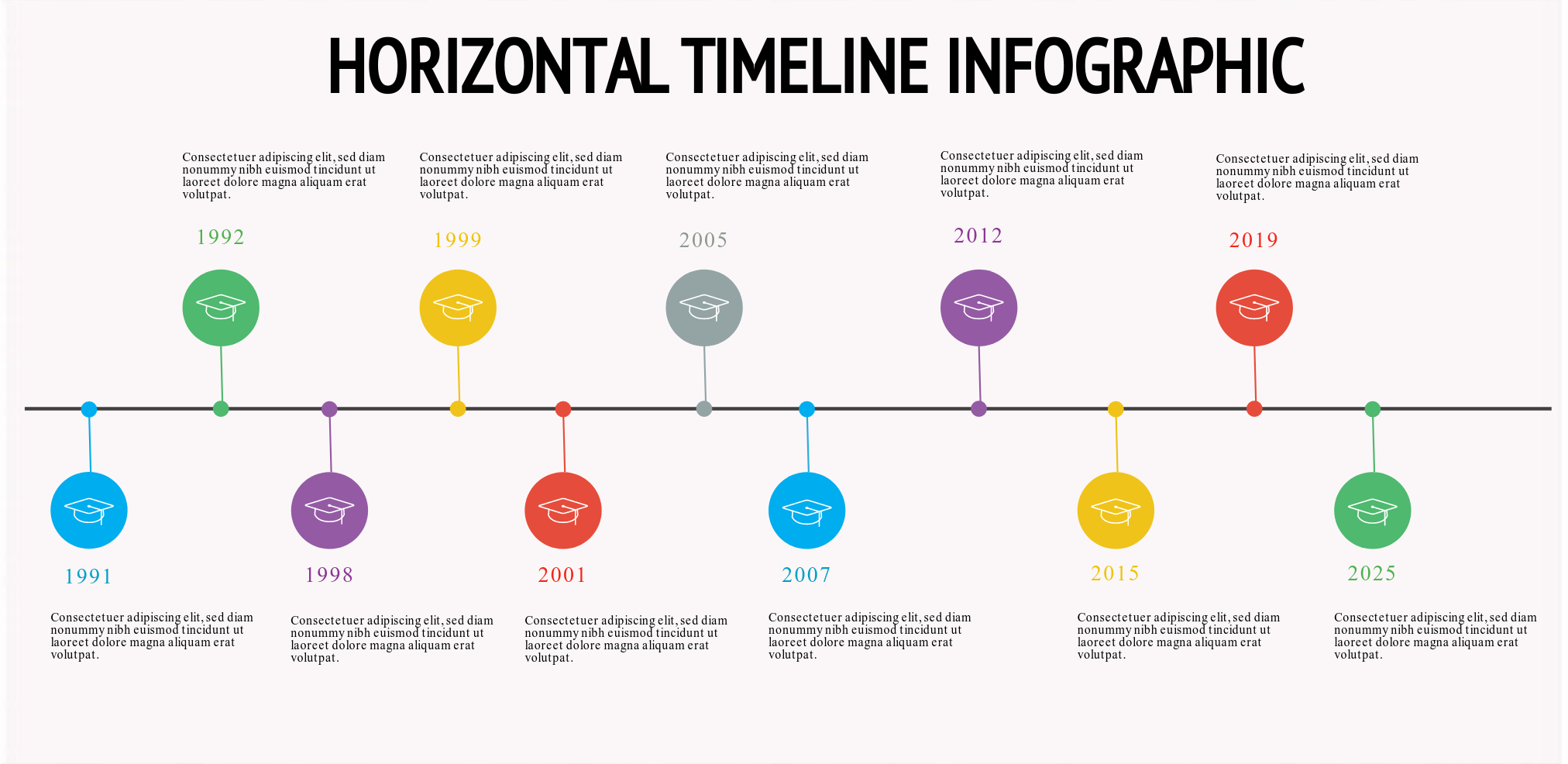
Image from:Mungfali
2. Project Management:
Useful for tracking project timelines, milestones, and deadlines, helping teams stay organized and on schedule.

Image from:Biggerplate
Aid in teaching and learning by illustrating the chronological order of events in subjects like history, literature, and science.
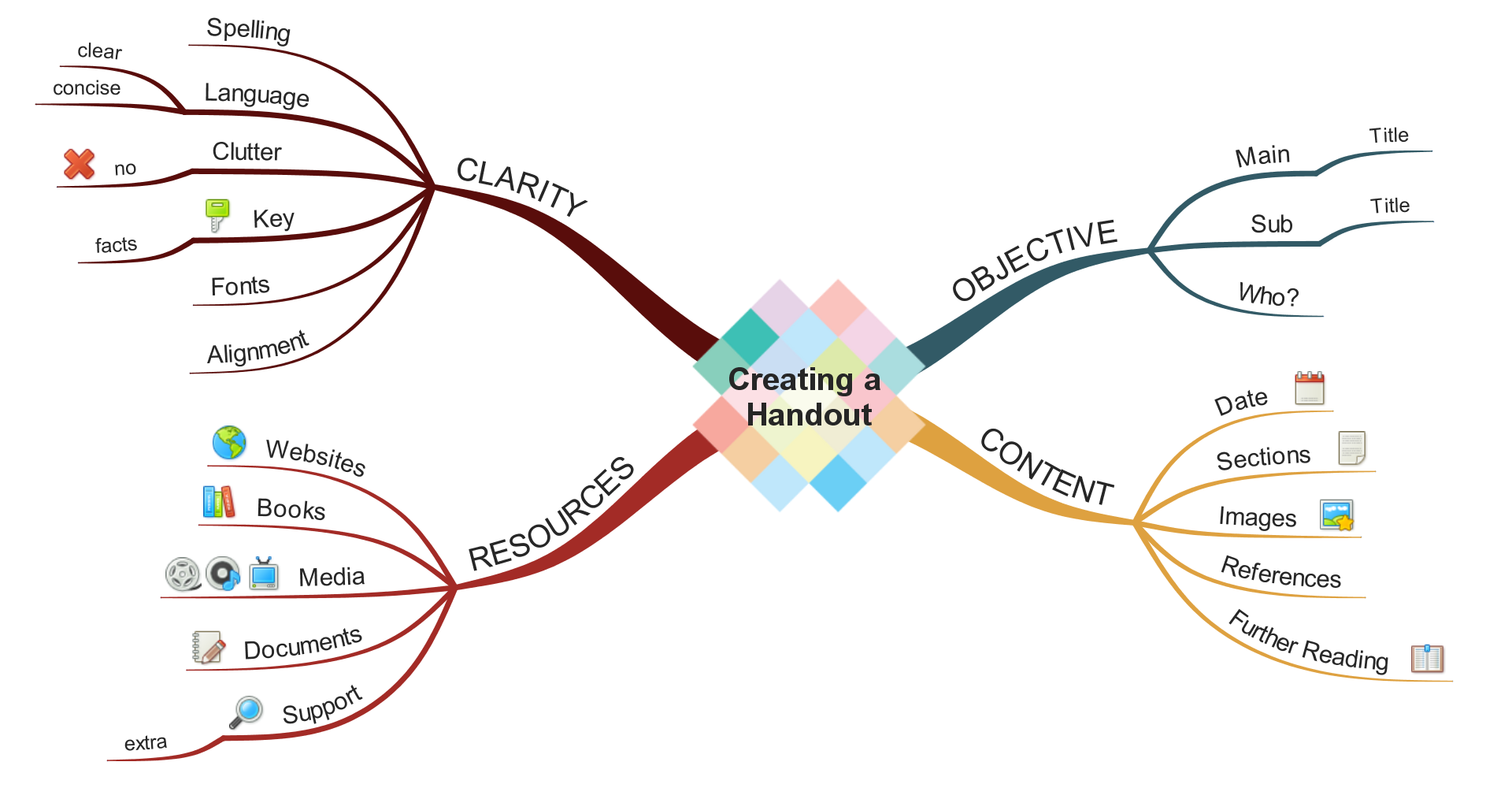
Image from:mungfali
4. Personal Planning:
Assist in planning personal goals, tracking achievements, and managing time effectively.
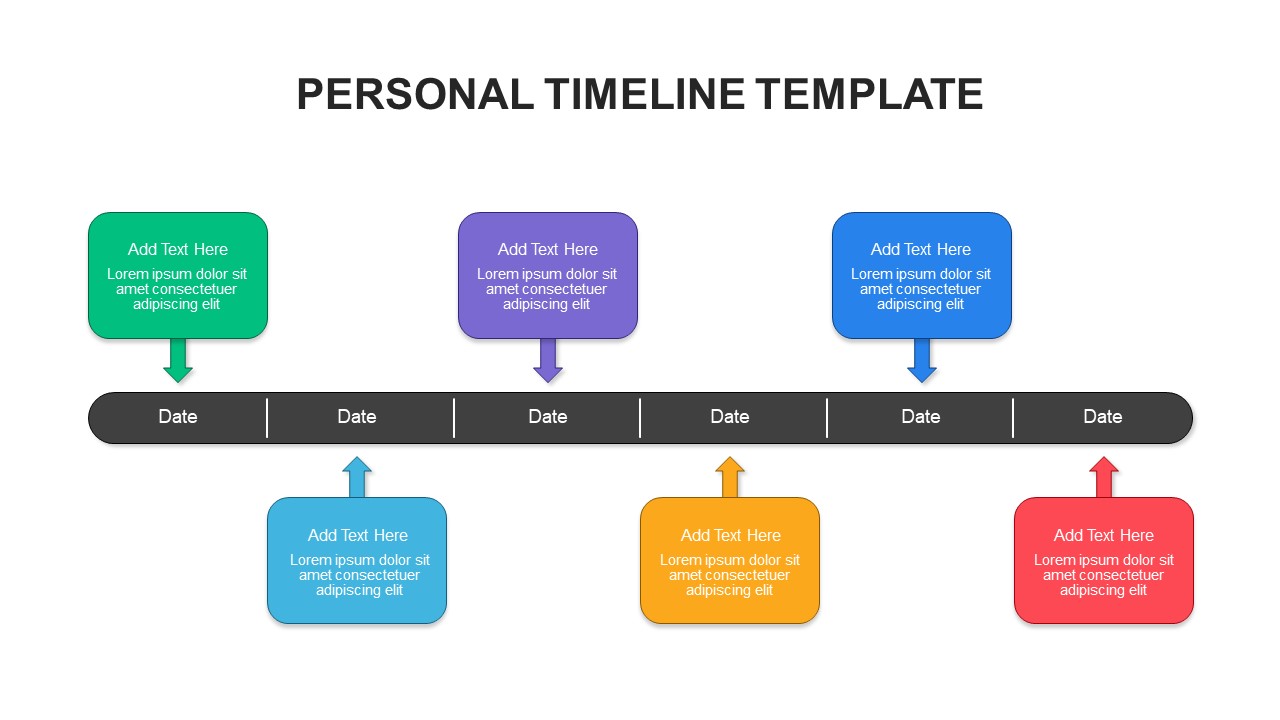
Image from: slidebazaar
| Use | Description | Example |
|---|
| Historical Analysis | Visualizes historical events to understand progression and key turning points. | Timeline of a country’s major events. |
| Project Management | Tracks timelines, milestones, and deadlines to keep teams on schedule. | Product development timeline. |
| Educational Tool | Shows the chronological order of events for teaching and learning. | Author’s life and publication timeline. |
| Personal Planning | Helps in planning goals, tracking achievements, and managing time. | Career development timeline. |
| Event Management | Organizes large events to ensure timely preparation completion. | Wedding planning timeline. |
| Product Launch | Tracks the process from development to release, ensuring timely delivery. | Software release timeline. |
| Project Audit | Reviews project progress for future reference. | Project review timeline. |
Tips for Creating Effective Timeline Mind Maps
1. Define Your Purpose and Scope
Before you start creating your timeline mind map, it’s crucial to define its purpose and scope. Ask yourself:
- Purpose: What is the goal of the timeline? Are you mapping out a historical event, a project plan, or a personal journey?
- Scope: What is the time frame you are covering? Are you focusing on a specific period, a series of related events, or a broader historical range?
Importance of Defining Purpose and Scope
By clarifying the purpose and scope, you ensure that your timeline is both relevant and focused. This foundational step helps in several key ways:
- Selecting the Right Level of Detail: When you know the purpose, you can determine how much detail is necessary. For example, a timeline of a project plan might require detailed milestones and deadlines, while a historical timeline might highlight major events without delving into minute details.
- Ensuring Completeness and Relevance: Clearly defined scope allows you to include all critical events or milestones while avoiding the temptation to overload the timeline with extraneous information. This makes the timeline easier to follow and ensures that the viewer understands the key points without getting lost in unnecessary details.
- Guiding Content Organization: With a clear purpose and scope, you can organize the timeline logically. For instance, a timeline focused on a specific project phase can be structured differently from one covering an entire project lifecycle. This organization helps in making the timeline more coherent and easier to navigate.
- Avoiding Overwhelm: When the purpose and scope are well-defined, you can strike a balance between comprehensiveness and simplicity. This prevents overwhelming the viewer with too much information and keeps the focus on what truly matters.
- Aligning with Audience Needs: Understanding the purpose and scope also helps tailor the timeline to your audience’s needs. For instance, a timeline created for a technical team might require more detailed data, while one for a general audience might focus on broader trends or key moments.
In summary, defining the purpose and scope of your timeline mind map ensures that it is well-targeted, effectively organized, and clearly communicated, making it a powerful tool for visualizing and understanding sequences of events or milestones.
2. Organize Events Chronologically
A timeline mind map should present events or milestones in a clear chronological order. This structure is essential for helping viewers understand the sequence and progression of events, allowing them to follow the narrative or process from start to finish. To organize events effectively:
- Start with Major Milestones: Begin by placing key events or significant milestones at the top or center of the map, depending on your layout. These are the anchors of your timeline, around which other events will be organized. For example, in a project timeline, major milestones could include project kickoff, major deliverables, and the final deadline.
- Add Sub-Events: After establishing the major milestones, include supporting events or details that are directly related to them. These sub-events provide context and additional information, helping to flesh out the timeline. For example, under the milestone of “Product Launch,” you might include sub-events such as “Final Testing,” “Marketing Campaign Initiation,” and “Team Training.”
- Use Time Markers: Clearly label each time period or date associated with the events. This could include specific dates, months, years, or any other relevant time markers that show the progression of events. Time markers help in maintaining clarity and ensuring that the sequence of events is easy to understand.
Tips for Chronological Organization
- Natural Flow: Ensure that the timeline flows naturally from past to present (or vice versa), depending on your focus. This makes it intuitive for viewers to follow the sequence. For instance, if you are mapping out a historical event, a left-to-right or top-to-bottom flow typically works best.
- Connecting Related Events: Use lines, arrows, or other connectors to visually link related events. These connections help indicate the relationship between events and how one event leads to another. For example, arrows can be used to show the cause-and-effect relationships between events in a project.
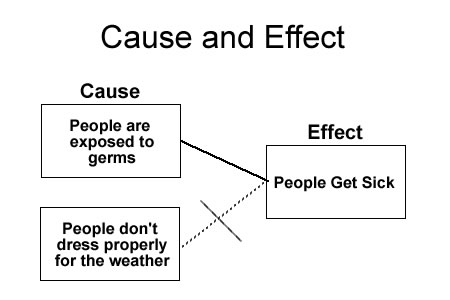
Image from:Ereading Worksheets
- Layering for Complexity: For complex timelines with many events, consider breaking down events into different layers or levels. For instance, a primary layer might show the major milestones, while secondary layers provide additional details or parallel events. This helps maintain clarity without overwhelming the viewer with too much information at once.
- Color Coding and Symbols: Enhance chronological organization by using color coding or symbols to differentiate between types of events or phases. For example, you might use different colors to distinguish between planning, execution, and review phases of a project timeline. Symbols like stars or checkmarks can also highlight completed tasks or important milestones.

Image from:researchgate
- Consistency in Time Intervals: If your timeline covers a long period, try to keep time intervals consistent. For instance, if you are using years as time markers, ensure that each year is represented with equal spacing. This consistency helps in maintaining a clear and accurate representation of the timeline.
In summary, organizing events chronologically in a timeline mind map is crucial for creating a coherent and easy-to-follow visual representation. By starting with major milestones, adding relevant sub-events, and clearly marking time periods, you can ensure that your timeline effectively communicates the sequence and significance of events. Utilizing visual aids like connectors, layers, and color coding further enhances the clarity and impact of your timeline.
3. Use Visual Elements to Enhance Clarity
Incorporating visual elements into your timeline mind map is a powerful way to improve both clarity and engagement. Visual aids can help break down complex information, making it easier for viewers to understand and retain key details. Consider the following strategies:
- Colors: Use a strategic color scheme to represent different types of events, phases, or categories. For example, you might use one color for historical events, another for future projections, and a third for ongoing tasks. This not only helps in visually distinguishing between different types of information but also makes the timeline more aesthetically pleasing. Additionally, colors can be used to indicate the urgency or importance of events—such as red for critical deadlines and green for completed milestones.
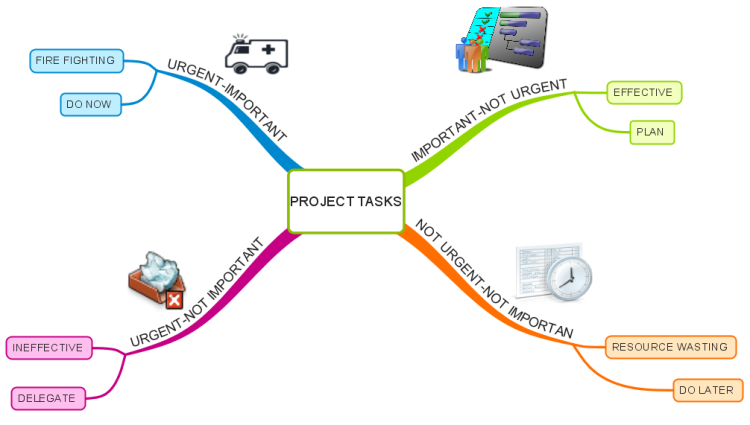
Image from:biggerplate
- Icons and Images: Incorporating icons or images can make your timeline more engaging and easier to understand at a glance. For instance, a clock icon could represent a deadline, while a flag might indicate a major milestone. These visual cues can quickly convey the nature of an event without relying solely on text. Images can also be used to add context, such as photos of key figures in a historical timeline or logos of products in a project development timeline.

Image from:thearchaeologist
- Fonts and Styles: Utilizing different fonts, text sizes, and styles (such as bold or italic) helps in emphasizing key points or differentiating between categories of information. For example, you can use a larger, bold font for major milestones, while smaller, italicized text might be used for minor details. Consistent font choices across the timeline ensure a unified look and make it easier for viewers to understand the hierarchy of information.

Image from:Template Lab
- Shapes and Lines: Use shapes like circles, squares, or arrows to highlight important events or to indicate progression. Arrows, for instance, can be used to guide the viewer’s eye along the timeline, showing the flow from one event to the next. Shapes can also be color-coded to represent different types of activities, such as meetings, reviews, or deliverables.

Image from:deawio
- Backgrounds and Borders: Subtle backgrounds or borders can be used to group related events or phases together. For example, you might use a shaded background behind a series of events that all belong to the same project phase. Borders around significant events can also draw attention to them and set them apart from less critical details.
Benefits of Visual Elements
Incorporating visual elements into your timeline mind map offers several advantages:
- Enhanced Engagement: Visual elements make the timeline more appealing and engaging, which can capture and hold the viewer’s attention. An engaging timeline is more likely to be remembered and understood.
- Improved Clarity and Understanding: Colors, icons, and varied text styles help in quickly conveying information. This visual shorthand speeds up the process of understanding the timeline.
- Better Differentiation and Categorization: By using distinct colors, shapes, and icons, you can clearly differentiate between various types of events or phases. This helps in avoiding confusion, especially in complex timelines with many overlapping events.
- Consistency and Recognition: Consistent use of visual elements such as colors, symbols, and fonts aids in faster recognition of categories and connections. For instance, if you consistently use a blue color for all planning events, viewers will quickly associate that color with planning as they scan through the timeline.
- Highlighting Key Information: Visual elements allow you to emphasize the most important parts of the timeline. Whether it’s through larger fonts, bright colors, or distinct icons, you can make sure that critical events stand out and are easily noticed.
:max_bytes(150000):strip_icc()/the-5-most-important-elements-of-visual-merchandising-2890501-v3-HL-FINAL-5be99f80c9e77c00517b2727.png)
Image from:liveabout
In summary, using visual elements effectively enhances the clarity, engagement, and overall impact of your timeline mind map. By thoughtfully applying colors, icons, fonts, shapes, and other visual aids, you can create a timeline that is not only informative but also visually compelling and easy to navigate.
4. Keep Text Concise and Relevant
When adding text to your timeline mind map, focus on being concise and relevant. Each entry should provide just enough information to convey the key points without overwhelming the viewer.
- Short Descriptions: Use single sentences or phrases to describe events or milestones. This ensures that each entry remains digestible and fits well within the visual structure of the mind map. For example, instead of “The company achieved its highest revenue in Q3 of 2024, reaching a total of $5 million,” use “Q3 2024: $5M revenue peak.”
- Avoid Overloading: Focus on the most impactful details and omit extraneous information. For instance, instead of listing every sub-event of a major milestone, group related events under a single heading if possible. This keeps the timeline clean and manageable.
- Highlight Key Information: Use formatting tools like bold, italics, or color to make important dates or events stand out. For example, if a major product launch occurred, you might highlight the launch date or use a different color to distinguish it from other entries.
Conclusion
Creating a clear and engaging timeline mind map involves careful planning and attention to detail. By defining your purpose and scope, organizing events chronologically, using visual elements, keeping text concise, incorporating interactive features, reviewing and refining your work, and highlighting milestones, you can craft a timeline that effectively communicates the progression of events and captures the viewer’s interest. Whether you’re mapping out historical events, project plans, or personal journeys, these tips will help you create a timeline that is both informative and visually compelling.
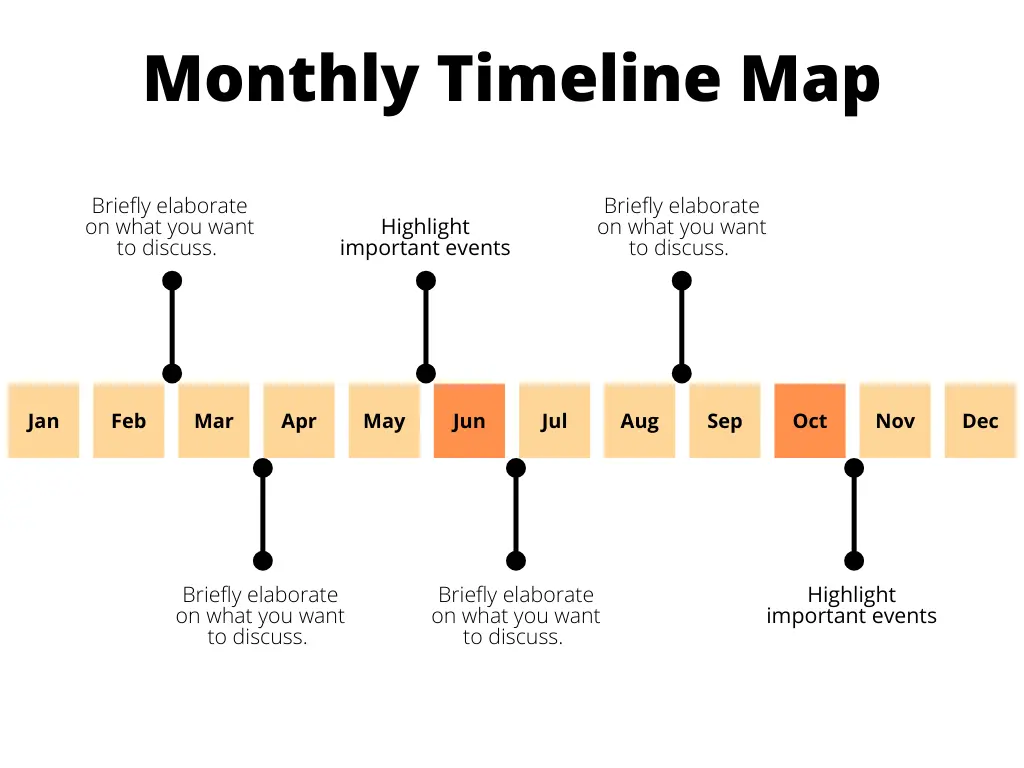












:max_bytes(150000):strip_icc()/the-5-most-important-elements-of-visual-merchandising-2890501-v3-HL-FINAL-5be99f80c9e77c00517b2727.png)
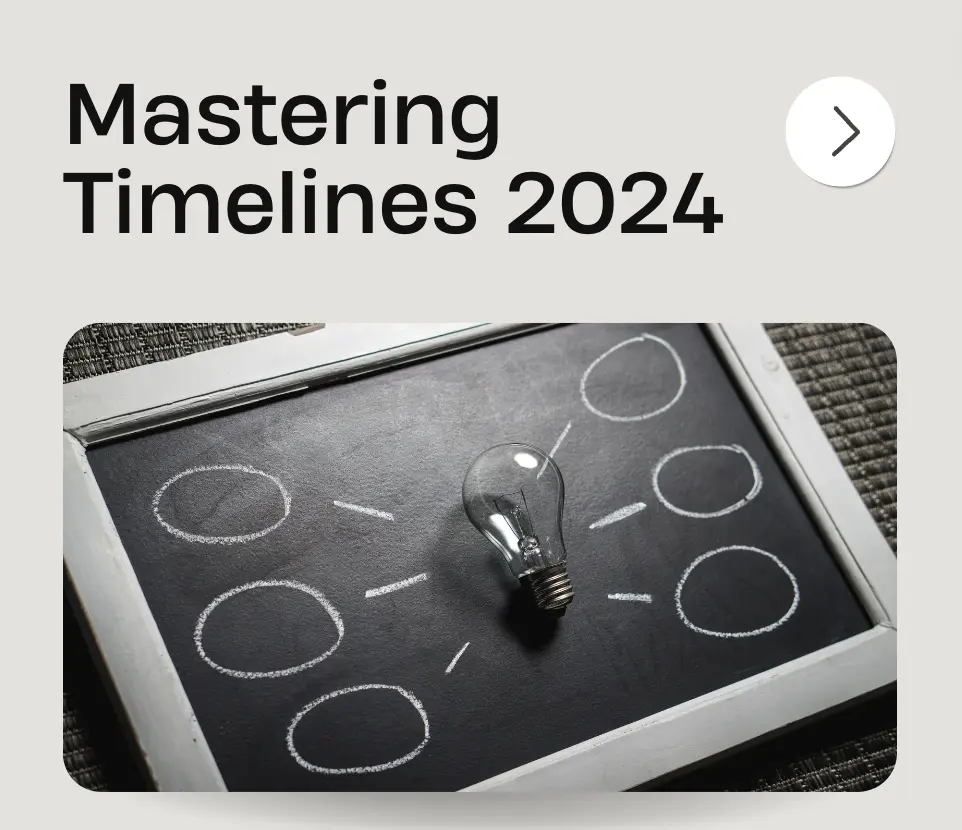
.C5FiwSKU_Z2vm2yk.webp)